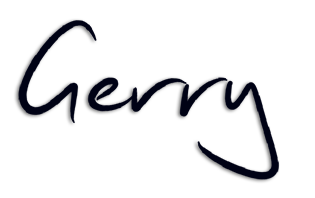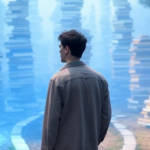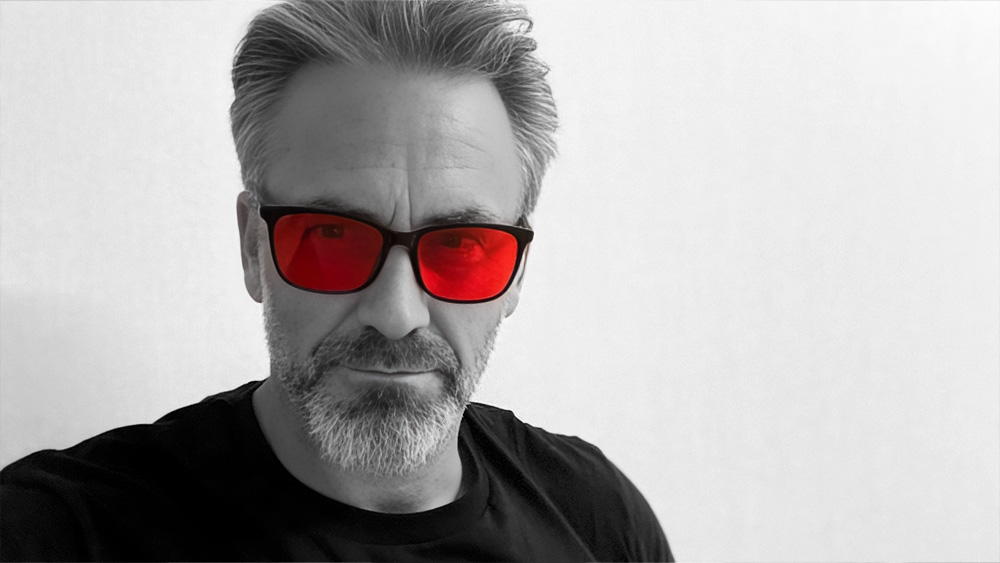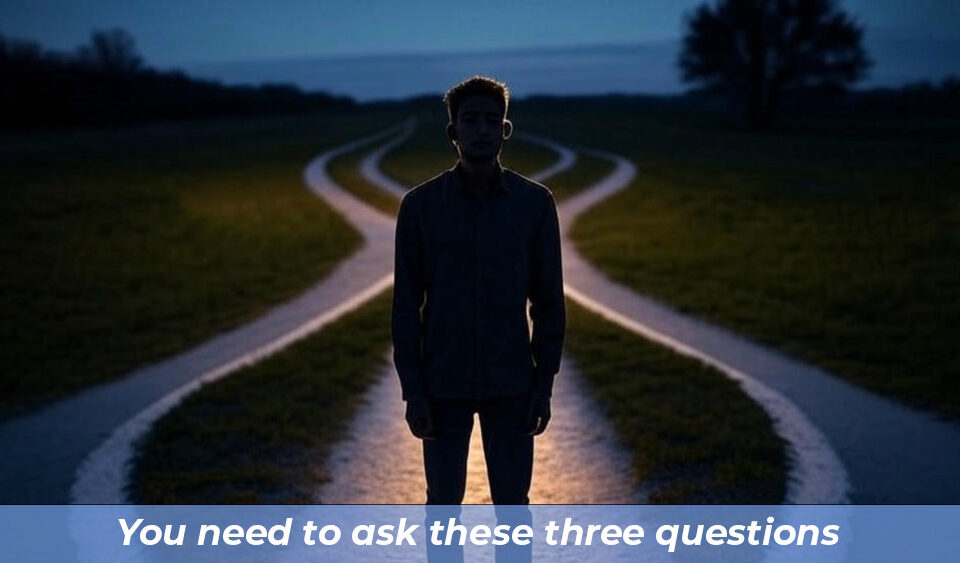There’s something quietly unsettling about spending your days obsessing over optimal health while staring at screens that systematically dismantle your sleep. I caught myself in that loop again last week – another midnight research spiral, another morning feeling hollow.
So yesterday I received my FL-41 glasses.
Not the mass-produced blue blockers everyone’s hawking. The specific ones: FL-41 tinted lenses designed to filter frequencies that hijack our internal clocks. I’m tired of half-measures and empty promises from wellness voices who’ve never questioned their own advice.
I’m writing this nine hours jetlagged in a coffee shop in Vegas, everything around me bathed in this strange red glow that makes the world feel slightly off-center. My first first night wasn’t transformative – sleep still played hide and seek, dark thoughts still circled like hungry wolves – but I’ve learned enough to know that first attempts rarely tell the whole story.
The difference between curiosity and commitment is what happens on night two, three, seven.
This isn’t just personal. My clients deserve more than recycled wisdom from someone unwilling to live inside the discomfort of their own experiments. I test everything on myself first, becoming the question before offering any answers.
Flying Blind: The Missing Data
For six weeks now, I’ve been navigating sleep without my trusted compass – my Oura Ring 4. The charger disappeared along with other essentials when my car was broken into, leaving me without the metrics I’ve come to rely on.
I’ve missed the data deeply. Those morning glimpses into my sleep cycles, the patterns of deep sleep versus REM, the quiet revelations in HRV and breathing rates – they weren’t just numbers. They were conversations with my body, speaking truths my conscious mind couldn’t access. The difference between thinking you slept well and seeing your body’s unfiltered response laid bare in metrics.
Tomorrow changes that and I’ll finally be able to get back into tracking the metrics matter as my client will be bringing my new replacement charger I shipped to her weeks ago. The timing couldn’t be better – just as this FL-41 experiment kicks into gear, I’ll have actual data to back up what my body’s trying to tell me. The posts that follow will weave together lived experience and measured reality.
What Light Does to Us
For most of human history, the setting sun sent a clear signal to our bodies: time to wind down. When darkness fell, it was complete – save for the gentle flicker of firelight, which lacks the powerful blue wavelengths that keep us alert. Our physiology evolved around this predictable rhythm of light and dark, with every cell learning to respond to these signals.
Today we’ve disrupted this ancient pattern. We sit staring at screens that beam concentrated blue light directly into our eyes minutes before expecting our brains to switch into sleep mode. Our modern environments are sending conflicting messages to systems that evolved over thousands of generations.
The studies on this aren’t subtle or conflicted – they converge on a clear conclusion. When blue and green light wavelengths hit your retina in the evening hours, they trigger a cascade of biological responses: melatonin production halts, cortisol may rise, and your core temperature stays elevated instead of beginning its natural nighttime drop.
Your body isn’t broken when it struggles to sleep after screen time. It’s actually functioning exactly as designed – responding to light signals that, for most of evolutionary history, could only mean one thing: it’s still daytime, stay alert.
This is where FL-41 glasses enter the picture. They don’t “fix” sleep or override your biology. What they do is filter out specific wavelengths that your brain interprets as daylight. They act as intermediaries between our ancient programming and our modern realities – creating an environment that lets your body follow its natural rhythms even while you navigate a world full of artificial light. They translate the language of modern technology into something your body can properly understand.
My Protocol: Notes from the Field
Here’s exactly what I’m doing, not from some template but assembled from research that makes sense to me:
- Evening Boundary: Glasses on 2-3 hours before intended sleep. No exceptions, no quick checks without them.
- Full Commitment: Wearing them during all evening screen exposure. The inconsistent approach guarantees inconsistent results.
- Environment Shift: Dimmed home lighting to support what the glasses are doing. The kitchen lights, the bathroom mirror – all working against what I’m trying to accomplish if left unchanged.
- Time Anchoring: Same schedule nightly, building something my nervous system can recognize as a pattern. Our bodies settle into rhythms, not isolated moments of intention.
- Beyond Glasses: Lower screen brightness, device night modes, and physical distance from screens before sleep.
Night One Reflections
Last night was difficult. Glasses on at 8pm, still awake at 2am. But that’s what crossing nine time zones does to anyone, regardless of what’s on their face.
What felt different was the quality of wakefulness. The familiar tension behind my eyes – that sensation of them being slightly too dry, too strained – was missing. My mind kept running circles, but my eyes felt permitted to rest even while I remained conscious.
Playing the Longer Game
This isn’t about quick fixes. I’m not chasing a single good night – I’m reorganizing my relationship with something as fundamental as light itself.
The glasses represent just one piece of a larger framework I’m building. It’s understanding that lifespan without quality is meaningless. What’s the point of reaching 90 if you spend decades deteriorating?
I’ve watched too many chase longevity while ignoring the foundations: sleep architecture, light exposure timing, movement patterns, nutritional timing, human connection. The basics aren’t marketable, but they’re everything.
Where This Goes
I’ll track sleep continuity, morning energy curves, and cognitive clarity over the next three weeks. Starting tomorrow night, those subjective assessments will be paired with the objective data my ring provides.
The combination of lived experience and measured reality often reveals blind spots neither could expose alone. How we feel and what’s happening physiologically don’t always align, and those misalignments hold valuable insights.
Questions? Drop them below. Want insights on other experiments I’m running? Let me know what you’re curious about. This work isn’t just for me – it’s for anyone tired of surface-level wellness conversations and hungry for approaches anchored in something deeper than trending hashtags.
Sleep isn’t just recovery.
It’s the foundation everything else stands upon.
And I’m done pretending my screen habits aren’t undermining mine.







